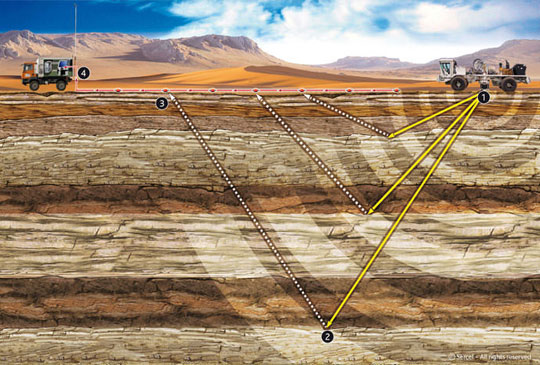All Categories
Featured
Table of Contents
Geophysical Survey - Explore The Seafloor in Jolimont Australia 2023
Much of the image consists of blank areas now with little or no radar action. The "courtyard" wall is still showing highly, nevertheless, and there are continuing tips of a difficult surface in the SE corner. Time slice from 23 to 25ns. This last piece is now practically all blank, however a few of the walls are still revealing strongly.
How deep are these slices? Regrettably, the software application I have access to makes estimating the depth a little tricky. If, however, the top three pieces represent the ploughsoil, which is probably about 30cm think, I would guess that each piece is about 10cm and we are only coming down about 80cm in total.

Fortunately for us, the majority of the sites we have an interest in lie just below the plough zone, so it'll do! How does this compare to the other approaches? Contrast of the Earth Resistance data (leading left), the magnetometry (bottom left), the 1517ns time slice (top right) and the 1921ns time piece (bottom left).
Standard And Guidance For Archaeological Geophysical ... in Cottesloe Aus 2023
Magnetometry, as talked about above, is a passive strategy determining regional variations in magnetism versus a localised zero worth. Magnetic vulnerability study is an active strategy: it is a procedure of how magnetic a sample of sediment might be in the existence of an electromagnetic field. How much soil is checked depends upon the size of the test coil: it can be really small or it can be reasonably large.
The sensing unit in this case is extremely small and samples a small sample of soil. The Bartington magnetic susceptibility meter with a large "field coil" in use at Verulamium during the course in 2013. Leading soil will be magnetically boosted compared to subsoils simply due to natural oxidation and decrease.
By determining magnetic susceptibility at a fairly coarse scale, we can discover locations of human profession and middens. We do not have access to a trustworthy mag sus meter, but Jarrod Burks (who helped teach at the course in 2013) has some excellent examples. One of which is the Wildcat website in Ohio.
Geophysical Surveys - Mining, Exploration And Geoscience in Bedford Aus 2020
These villages are often laid out around a central open location or plaza, such as this rebuilt example at Sunwatch, Dayton, Ohio. The magnetic vulnerability survey helped, however, specify the primary location of profession and midden which surrounded the more open area.
Jarrod Burks' magnetic susceptibility study arises from the Wildcat website, Ohio. Red is high, blue is low. The strategy is therefore of great usage in specifying areas of general occupation instead of recognizing specific functions.
Geophysical surveying is a used branch of geophysics, which utilizes seismic, gravitational, magnetic, electrical and electro-magnetic physical methodologies at the Earth's surface to measure the physical properties of the subsurface - Geophysical Methods in Inglewood Aus 2022. Geophysical surveying approaches usually measure these geophysical residential or commercial properties together with anomalies in order to assess different subsurface conditions such as the presence of groundwater, bedrock, minerals, oil and gas, geothermal resources, spaces and cavities, and far more.
Table of Contents
Latest Posts
Greeley-evans Area 3d Geophysical Survey in Bicton Australia 2022
Airborne Geophysical Methods in Bateman Western Australia 2022
Integrated Geophysical Surveys For The Safety in Beeliar Australia 2021
More
Latest Posts
Greeley-evans Area 3d Geophysical Survey in Bicton Australia 2022
Airborne Geophysical Methods in Bateman Western Australia 2022
Integrated Geophysical Surveys For The Safety in Beeliar Australia 2021